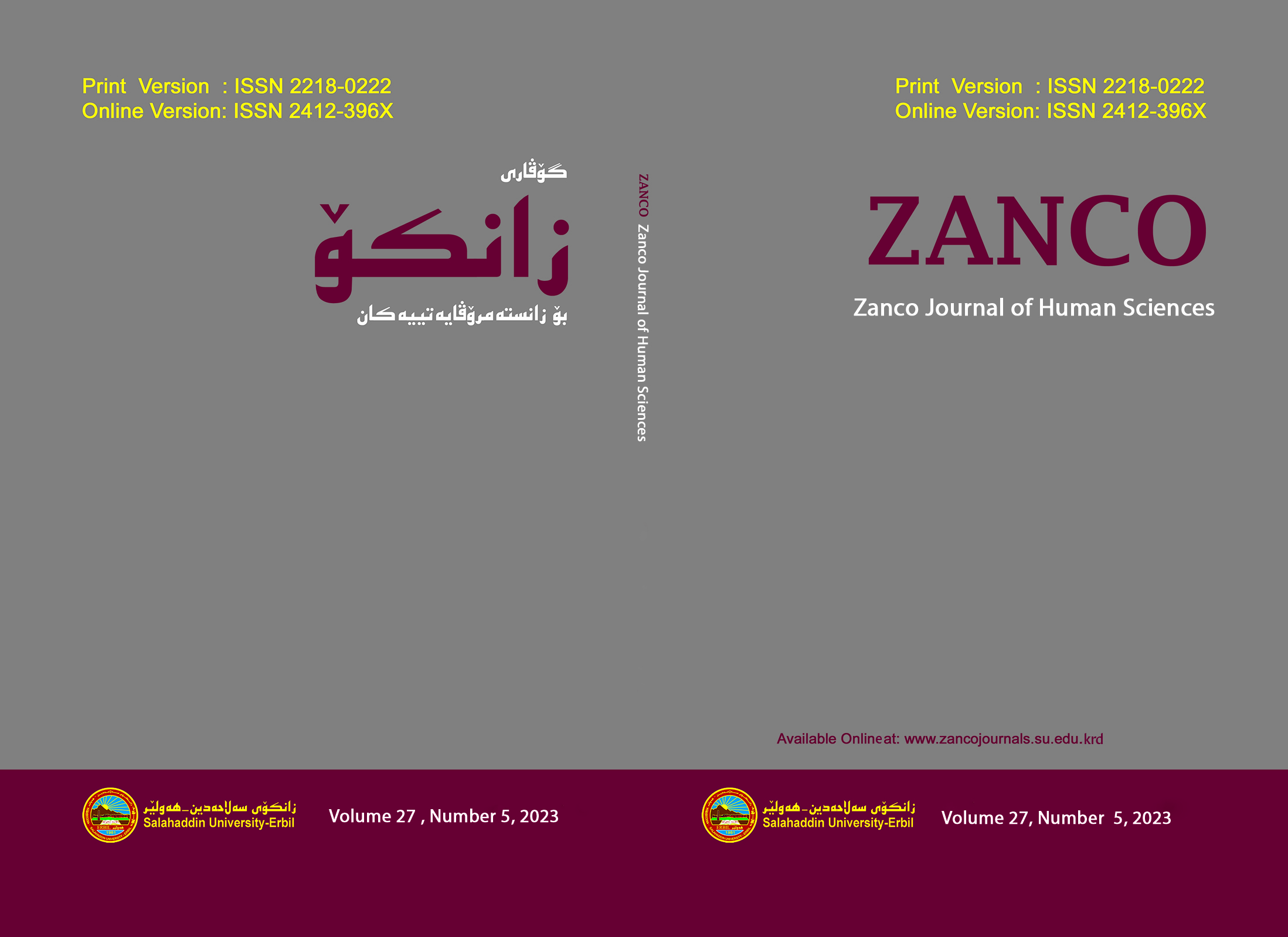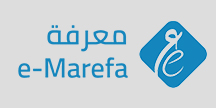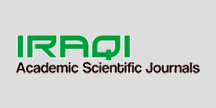The Impacts of the Renovation Master Plan on the Tourism Development in Archaeological Site of Erbil Citadel
DOI:
https://doi.org/10.21271/zjhs.27.5.18Keywords:
Key Words: developing countries, socio-cultural, architectural monuments, tourism, Erbil Citadel.Abstract
Many countries around the world get multiple benefits from receiving tourists who are attracted to archeological sites. Thus, policymakers become highly aware of the importance of adequately managing the tourism sector, which can gradually support the development of the tourism industry. Nevertheless, the lack of an integrated tourism policy is one of the most important factors that many developing countries do not have. The specific problems about culture and heritage tourism have challenged those countries and dealing with domestic challenges for many years has been the main concern that developing countries have invested less in tourism development regardless of being rich in their cultural heritage sites. Thus, having many cultural heritage sites is important to give these countries many opportunities to develop tourism sectors. However, in Iraqi Kurdistan, there is serious attention to cultural heritage management, protection, and preparing them for tourist purposes.
This paper explores tourism’s impact on cultural heritage conservation and the potential for cultural tourism growth. By looking at the perspective of different stakeholders in the cultural heritage industry, the study gives an understanding of the challenges in protecting cultural heritage sites. Following it explores the different impacts of tourism development on the site of Erbil Citadel in the Kurdistan Region of Iraq very specifically. This paper sheds a light on these impacts and recommends achieving more sustainable tourism development on the site. This study depends on secondary data, which is collected by the High Commission for Erbil Citadel (HCECR) and analyzed in the context of this study, besides, using and reviewing the main textbooks and written documents about the Erbil heritage site, a clear view will be given based on the data and the documentations.
References
• Aas, C., Ladkin, A. and Fletcher, j. (2005). Stakeholder Collaboration and Heritage Management. Annals of Tourism Research, 32(1).
• Andereck, K. and Jurowski, C. (2006) Tourism and quality of life, in Jennings, G & Nickerson, N. P. (eds.) Quality Tourism Experiences, Boston: Butterworth-Heinemann.
• Ashwarth, G. j. and Newby, P. T. (1994) Tourism: support ot threat to heritage? In Identity in the New Europe, London: Routledge.
• Brammah, M. (2009a) Revitalisation of Erbil Citadel-Iraq-Phase I, REF NO.: IRQ-EXT08-076, Final Report: Summary of Activities and Outputs of the Project.
• Brammah, M. (2009b) Revitalisation of Erbil Citadel -Iraq-, Phase I, REF NO.: IRQ-EXT08-076, Final Report: Implementation Action Plan.
• Beckman, G. (2021). A City from the Dawn of History: Erbil in the Cuneiform Sources. By John MacGinnis. Journal of the American Oriental Society, 137(3). https://doi.org/10.7817/jameroriesoci.137.3.0665a
• Butler,R.W.(1980) the concept of tourism on the physical environment, Annals of tourism Research, 5(2).
• Chhabra, D., Healy, R. and Sills, E. (2003). Staged authenticity and heritage tourism. Annals of tourism research, 30(3).
• Chhabra, D. (2010) Sustainable marketing of cultural and heritage tourism. London: Routledge.
• Editorial Staff in National, Tourism (2017) Kurdistan’s Erbil Citadel at risk of being removed from UNESCO World Heritage list: https://ekurd.net/erbil-citadel-risk-unesco-2017-01-21(Accessed: 21 January 2017).
• Garrod, B. and Fyall, A. (2000) Managing heritage tourism. Annals of tourism research, 27(3).
• Huang, YL. (2006) Research on residents' attitude and perceptions on tourism impacts at Chinese world heritage sites: a case study of Pingyao Ancient city, Journal of Guilin Institute of Tourism,17 (1).
• Holzner, M.(2011) 'Tourism and economic development: The beach disease?' Tourism Management, 32(4).
• ICOMOS (International Council on Monuments and Sites) (2014) Evaluations of Nominations of Cultural and Mixed Properties: ICOMOS Report for the World Heritage Committee 38th Ordinary Session, Doha, June 2014. 80-86. Retrieved fromhttps://whc.unesco.org/archive/2014/whc14-38com-inf8B1-en.pdf[Accessed 5 October 2019].
• Imon, s. s. (2013) issues of Sustainable tourism at heritage sites in Asia, In: Silva, K. D and Chapagain, N. K. (eds) Asian Heritage Management Contexts, concerns, and prospects. By Routledge.
• Jasim, M., Hanks, L. and Borsi, K., 2017. Do really the audience's views efficiently boost built heritage conservation policies? Athens Journal of Tourism, 4(4).
• Jasim, M.A., Hanks, L. and Borsi, K., (2018b). Repercussions of singularity of site authorities in making heritage conservation decisions: evidence from Iraq. Built Heritage, 2(1)
• Kowalczyk, M. and Olbryś, M., The citadel in North Mesopotamian Erbil (Iraq): challenges for the preservation and adaptation to new function of an Ottoman-period house.
• Lichfield, N., Nijkamp, P., Hendon, W., Ost, C., Realfonzo, A. and Restorolla, P. (1993) Conservation economic, cost benefit analysis for the cultural build heritage: principles and practice. ICOMOS, Panaluwa-Padukka.
• Matthews, Rupert. "Battle of Gaugamela". Encyclopedia Britannica, 23 Mar. 2017, https://www.britannica.com/event/Battle-of-Gaugamela. Accessed 13 December 2022.
• Naef, P., Ploner, J. (2016) Tourism, conflict and contested heritage in former Yugoslavia,Journal of Tourism and Cultural Change, 14(3).
• Nováček, K.(2008) Research of the Arbil Citadel, Iraqi Kurdistan, First Season. Památky archeologické.( online). Available at:https://www.academia.edu/.
• Nuryanti, W. (1996). Heritage and Postmodern Tourism. Annals of Tourism Research, 23(2).
• Pavelka, K., Svatušková, J. and Králová, V., 2007, October. Photogrammetric documentation and visualization of Choli minaret and great citadel in Erbil/Iraq: In CIPA Symposium, Athens.
• Spenceley, A., Meyer, D. (2012) Tourism and Poverty Reduction: Theory and Practice in Less economically developed countries, Journal of Sustainable Tourism, 20(3).
• Serageldin, I. (1986). Financing the Adaptive Reuse of Culturally Significant Areas. In:The Challenge to our Cultural Heritage: Why Preserve the Past, R. Isar, ed. Washington, DC: Smithsonian Institute Press
• Timothy, D. J.& Boyd, S. W. (2006) 'Heritage tourism in the 21 st century: valued traditions and new perspectives', Journal of Heritage Tourism, 1(1).
• Timothy, D.J. and Nyaupane, G.P. (2009) Cultural heritage and tourism in the developing world. New York: Routledge.
• UNESCO (United Nations Educational, Scientific and Cultural Organization) (2014) Erbil Citadel Conservation Guidelines and Manual for Implementation, prepared by Ms. Patrizia Barucco and Ms. Lorenza Nicosia.
• Winter, T. (2008) 'post-conflict heritage and tourism in Cambodia: The burden of Angkor, International Journal of Heritage Studies, 14(6).
Downloads
Published
How to Cite
Issue
Section
License
Copyright (c) 2023 Rukhsar Ahmed

This work is licensed under a Creative Commons Attribution-NonCommercial-ShareAlike 4.0 International License.
Except where otherwise noted, content on this site is licenced
under a Creative Commons Attribution License 4.0 (CC BY- 4.0)










